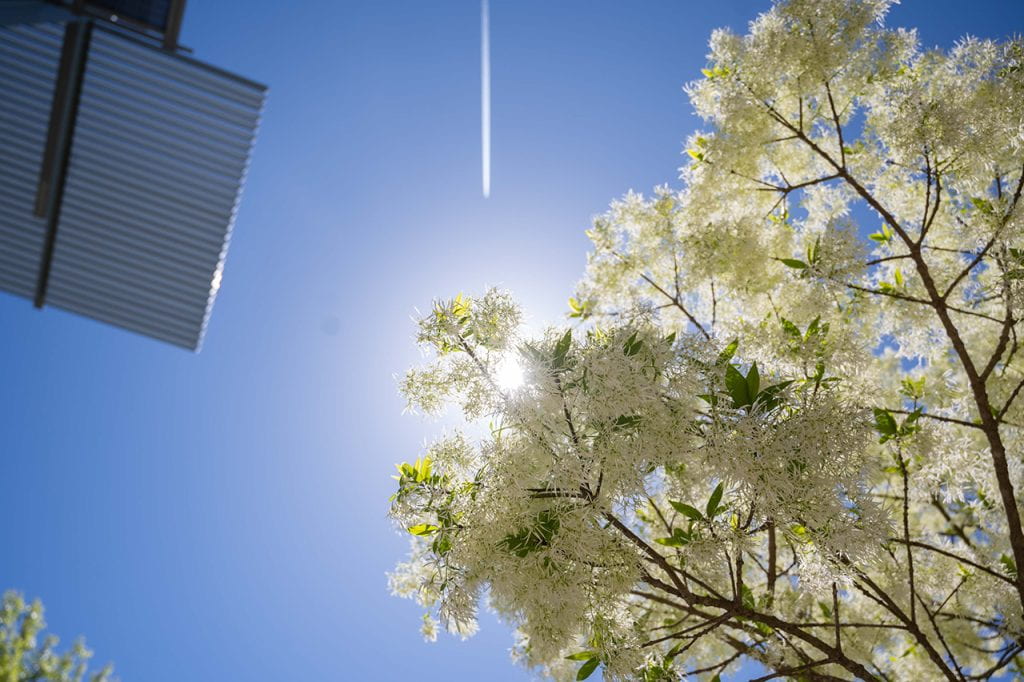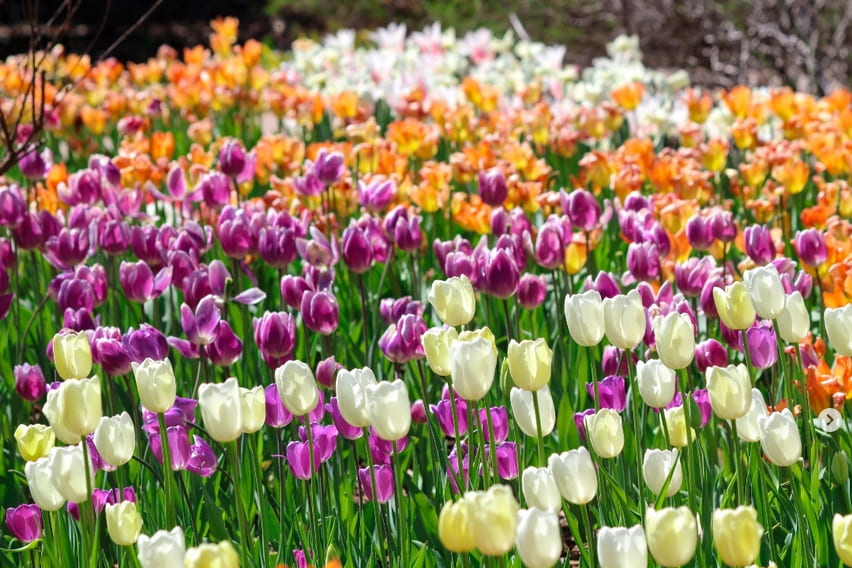
By: Amy Kim
March 20th marked the first day of spring, and with the season comes a time of renewal. In addition to blooming flowers and the spring green-up, the change in season has significant physical and psychological effects on our bodies. As Victorian poet Christina Rossetti said, “Spring is when life’s alive in everything.”
Indeed, there is scientific evidence to back up that feeling of rejuvenation that comes with the warmer weather and longer daylight hours.
Physical Renewal
Over 90% of vitamin D comes from direct skin exposure to sunlight, which helps maintain healthy bones, teeth, and muscles. Additionally, vitamin D is critical for maintaining brain function and immunity, with low levels linked to increased risk of heart diseases like hypertension and autoimmune diseases.
Other studies show lack of exposure to daylight is linked to lower melatonin production in the body, which is naturally produced as the body prepares for sleep.
Morning light brings those levels back down during the day, but in the shorter winter months, melatonin levels may peak and fall at later times.
Unstable melatonin production cycles can lead to mood changes associated with seasonal affective disorder, which can account for the often-dreaded moody winter months. Studies in night shift workers also show that less melatonin leads to reductions in the chemicals needed to repair DNA and unbalanced fluctuations in body weight and energy.
Mental Renewal
According to the Centers for Disease Control and Prevention, spending time outdoors in green spaces is associated with reduced symptoms of depression and anxiety. The increased physical activity that comes with springtime leads to an increase in endorphin release, a natural mood booster.
A study published in the British Journal of Psychology International reported that people who use natural spaces for physical activity at least once a week cut their risk of poor mental health in half. Each extra day of physical activity can even reduce the risk by 6%.
The benefits of green spaces became especially evident during the Covid-19 pandemic. Communities with access to these spaces had better reported physical and mental health outcomes than those without.
As writer Jackee Holder puts it, “Spring is the season of hope, where we see the early signs of the labor of the winter months come to life. What a good time to notice the parallels in our own lives. Whether our New Year hopes and plans have failed or stalled, spring reminds us that there’s still time to start over again.”
Taking advantage of the opportunities spring brings — as easy as spending time in the fresh air outdoors or socializing with neighbors and friends in the warmer, sunnier weather — can significantly improve mental and physical health, giving us a fresh start for the season.


















